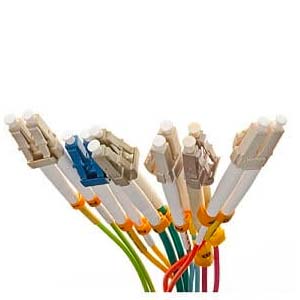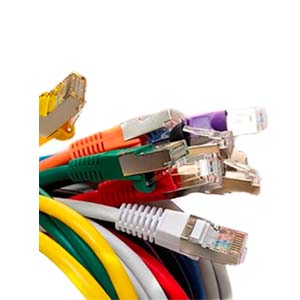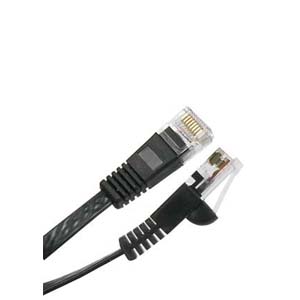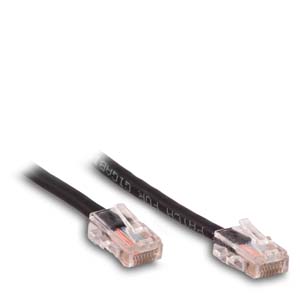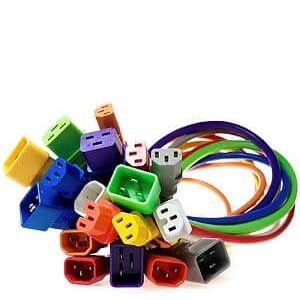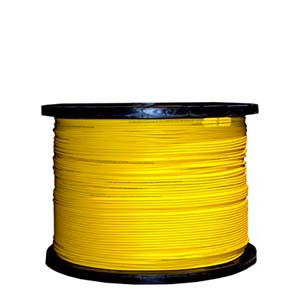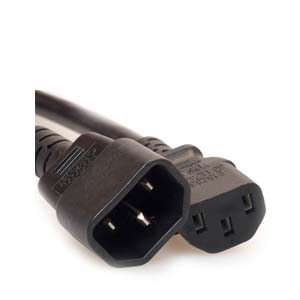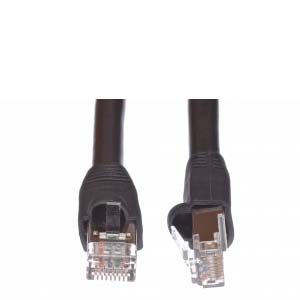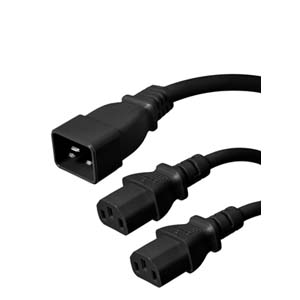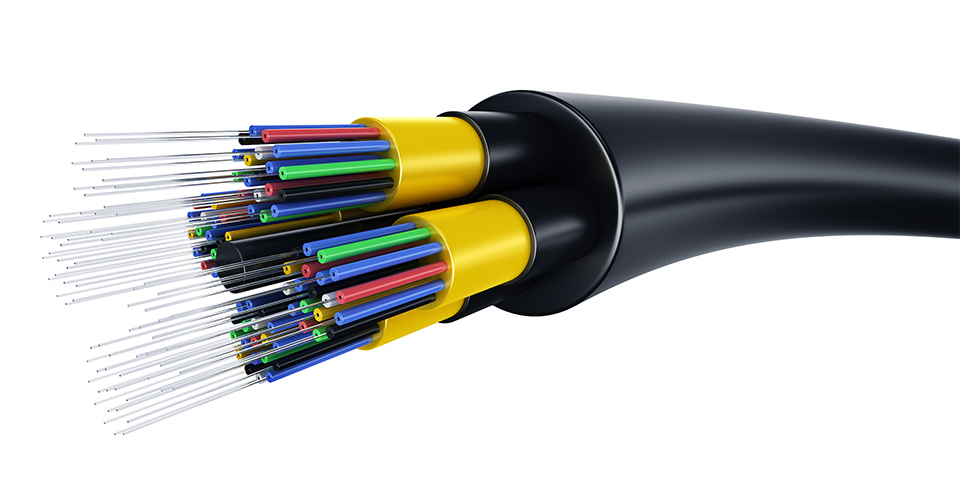Shop Cables for Sale - Fiber Optic Cables, Network Cables, Outdoor Cables, Bulk Ethernet Cables, Cat6 Cables, Cat5 Cables, Cat5e Cables, Crypto Cables and Data Center Cables.
When It's Time to Use Fiber-Optic Cable
Install the right cable for the job now so you don't have to replace it later.
Time is money, and so it's important to install the right cable for the job now so you don't have to replace it later. Fiber optic cable is often a great solution.
by Vikas Dayal • June 11, 2019
Solution Provider, Fiber Optic Cables, Custom Cables, Cables.com News and Information
Time
is money, and so it's important to install the right cable for the
job now so you don't have to replace it later. Before we take a
closer look at when you should use fiber-optic cable, let's first
review the basics. Fiber-optic cable is made up of long, thin strands
of glass about the diameter of a human hair. They are arranged
in bundles so they can transmit data using light over short-to-long
distances.
The
light signals that travel through a fiber-optic cable does not travel
at the speed of light. This is because of the denser glass
layers. Instead, the light in a fiber-optic cable travels about 30%
slower. Signals are sent at more than 10 GB per second; and even at
that velocity, the signal is much cleaner than traditional metallic
cabling.
Optical
fiber carries more information than copper wire due to its higher
bandwidth and faster data transmission speeds. Because glass does not
conduct electricity, fiber-optics also is not subject
to electromagnetic interference (such as in an airport),
and so signal losses are minimized.
Copper wire is often cheaper than fiber-optics, but fiber prices keep decreasing and bandwidth and capacity keep increasing. Here are four factors to help you decide when you should use fiber-optic cable:
New Installations Versus Renovations
Installing new cabling is labor-intensive in retrofit situations. If a building already has copper cabling, it may make more sense to stay with copper. If distance is a factor, it may be more cost effective to use fiber.
The linear length allowable using UTP (Unshielded Twisted Pair) cable in a network environment is only about 100 meters, or 328 feet. For comparison, some fiber signals have been transmitted over 5,000 miles before processing is necessary. In new projects, it may be worth the investment to install optical fiber right from the start.
Number of Users and Devices
The
number of employees, the number of devices used, and the amount of
data transfer happening across the network is also a consideration.
Settings like multiple-story hotels, universities, and large
companies where connectivity is essential are prime candidates for
fiber.
Applications
Another factor is where and what the cable will be used for.
Some factors include whether the cable will be run outside and/or in between buildings, as in a campus setting. If the application involves large crowds, perhaps fiber-optics is the best bet over that of metallic cable. In addition, if wireless is to be used on a regular basis, then perhaps fiber-optic or metallic cable is not required at all.
Future Considerations
Fiber-optic cables are often stronger, thinner, and lighter than copper and they do not need to be maintained or replaced as often. Fiber bandwidth limits are not restricted by cable-related factors, but rather by fiber-optic electronics. That means that no matter what types of new fiber-optic electronics are developed in the future, you’ll be able to utilize them with the fiber-optic cables you install today.


